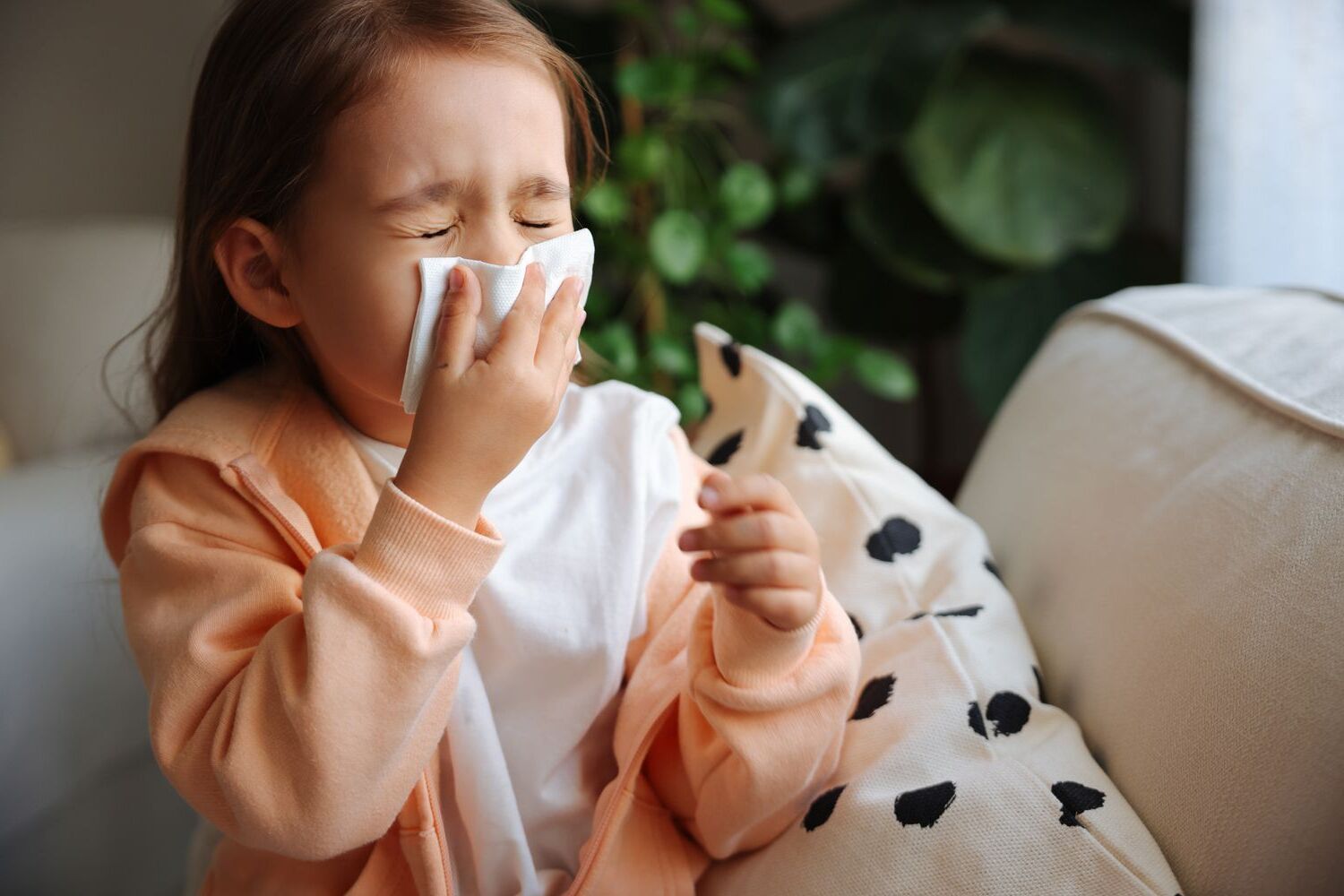
Did you know that over 50 million Americans experience allergies each year? Allergies can turn a beautiful spring day into a sneezing, itchy nightmare. From pollen to peanuts, these pesky reactions affect people of all ages. But what exactly triggers these responses? How can you manage them better? In this post, we'll dive into 23 intriguing facts about allergies that might surprise you. Whether you're a seasoned allergy sufferer or just curious, you'll find something useful. Get ready to learn about the science behind allergies, common triggers, and some tips to make your life a bit easier. Let's get started!
What Are Allergies?
Allergies are the body's overreaction to substances that are usually harmless. These substances, known as allergens, can trigger a range of symptoms from mild to severe.
- Allergens can be found in food, pollen, pet dander, dust mites, insect stings, and certain medications.
- Histamines are chemicals released by the immune system during an allergic reaction, causing symptoms like itching, swelling, and mucus production.
- Anaphylaxis is a severe, potentially life-threatening allergic reaction that can occur within seconds or minutes of exposure to an allergen.
Common Types of Allergies
Allergies come in many forms, affecting people differently. Here are some of the most common types.
- Hay fever, also known as allergic rhinitis, is triggered by pollen and causes sneezing, runny nose, and itchy eyes.
- Food allergies can cause symptoms ranging from hives to digestive problems and, in severe cases, anaphylaxis.
- Pet allergies are reactions to proteins found in an animal's skin cells, urine, or saliva.
- Insect sting allergies can cause swelling, redness, and pain at the sting site, and in severe cases, anaphylaxis.
- Drug allergies occur when the immune system reacts to medications, causing symptoms like rash, fever, and breathing problems.
Symptoms of Allergies
Allergic reactions can manifest in various ways, depending on the type of allergen and the individual's sensitivity.
- Skin reactions include hives, eczema, and contact dermatitis.
- Respiratory symptoms such as coughing, wheezing, and shortness of breath are common in asthma and hay fever.
- Gastrointestinal symptoms like nausea, vomiting, and diarrhea often occur with food allergies.
- Eye symptoms include redness, itching, and watering, commonly seen in hay fever.
Diagnosing Allergies
Accurate diagnosis is crucial for managing allergies effectively. Several methods are used to identify specific allergens.
- Skin prick tests involve exposing the skin to small amounts of allergens to observe reactions.
- Blood tests measure the presence of specific antibodies produced in response to allergens.
- Elimination diets help identify food allergies by removing and gradually reintroducing potential allergens.
Managing and Treating Allergies
While allergies can't be cured, they can be managed with various treatments and lifestyle changes.
- Antihistamines block histamine release, reducing symptoms like itching and swelling.
- Decongestants relieve nasal congestion by shrinking swollen blood vessels in the nasal passages.
- Allergy shots, or immunotherapy, gradually desensitize the immune system to specific allergens.
- Avoidance is the most effective way to prevent allergic reactions by staying away from known allergens.
Interesting Facts About Allergies
Allergies have some surprising aspects that many people might not know.
- Genetics play a significant role in the likelihood of developing allergies. If both parents have allergies, their children are more likely to have them too.
- Climate change is increasing pollen levels, leading to more severe and prolonged allergy seasons.
- Latex allergies are common among healthcare workers due to frequent exposure to latex gloves.
- Cross-reactivity occurs when proteins in one substance are similar to those in another, causing allergic reactions to both. For example, people allergic to birch pollen might also react to apples.
Allergies: A Quick Recap
Allergies affect millions worldwide, causing reactions from mild sneezes to severe anaphylaxis. Understanding allergens like pollen, dust mites, and certain foods helps manage symptoms. Seasonal allergies often peak in spring and fall, while food allergies can strike anytime. Pet dander and insect stings are common triggers too. Knowing your triggers and having a plan can make a big difference. Antihistamines and epinephrine are essential tools for many. Allergy testing can pinpoint specific allergens, guiding treatment. Remember, allergies can change over time, so regular check-ups are key. Stay informed, stay prepared, and breathe easier.
Was this page helpful?
Our commitment to delivering trustworthy and engaging content is at the heart of what we do. Each fact on our site is contributed by real users like you, bringing a wealth of diverse insights and information. To ensure the highest standards of accuracy and reliability, our dedicated editors meticulously review each submission. This process guarantees that the facts we share are not only fascinating but also credible. Trust in our commitment to quality and authenticity as you explore and learn with us.


